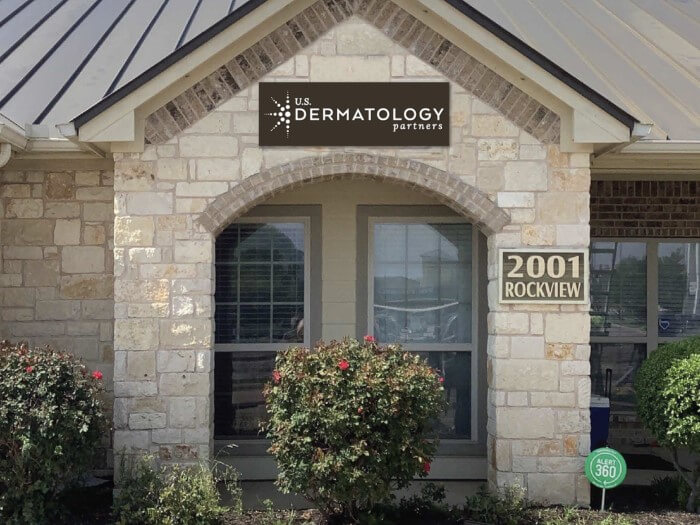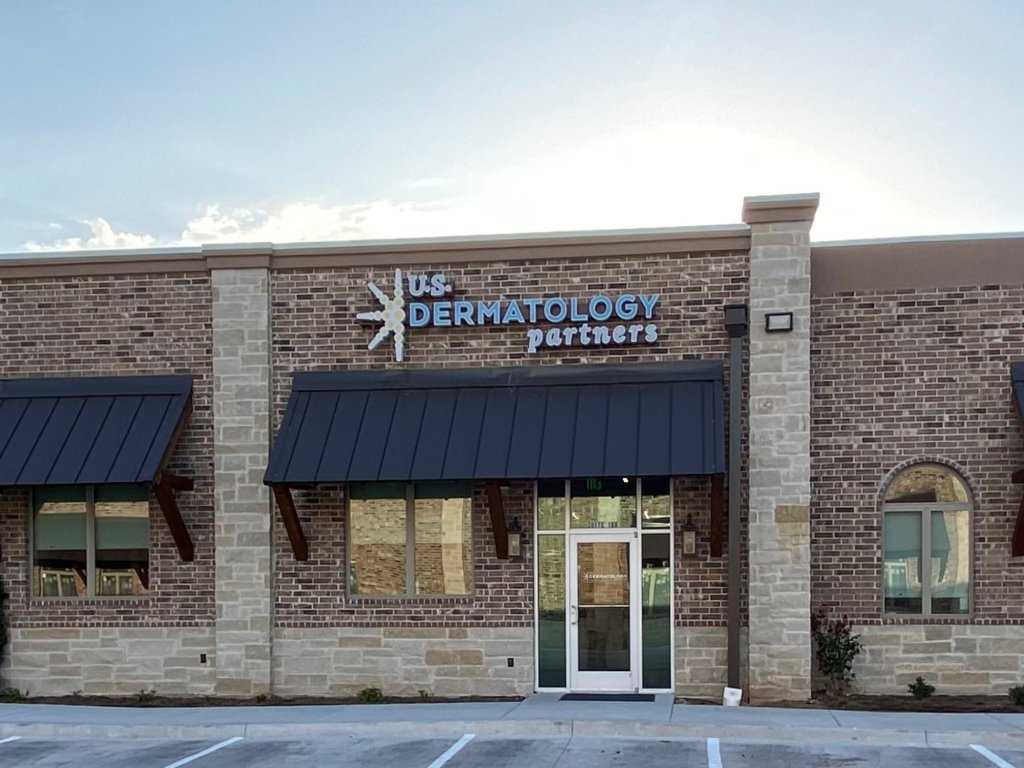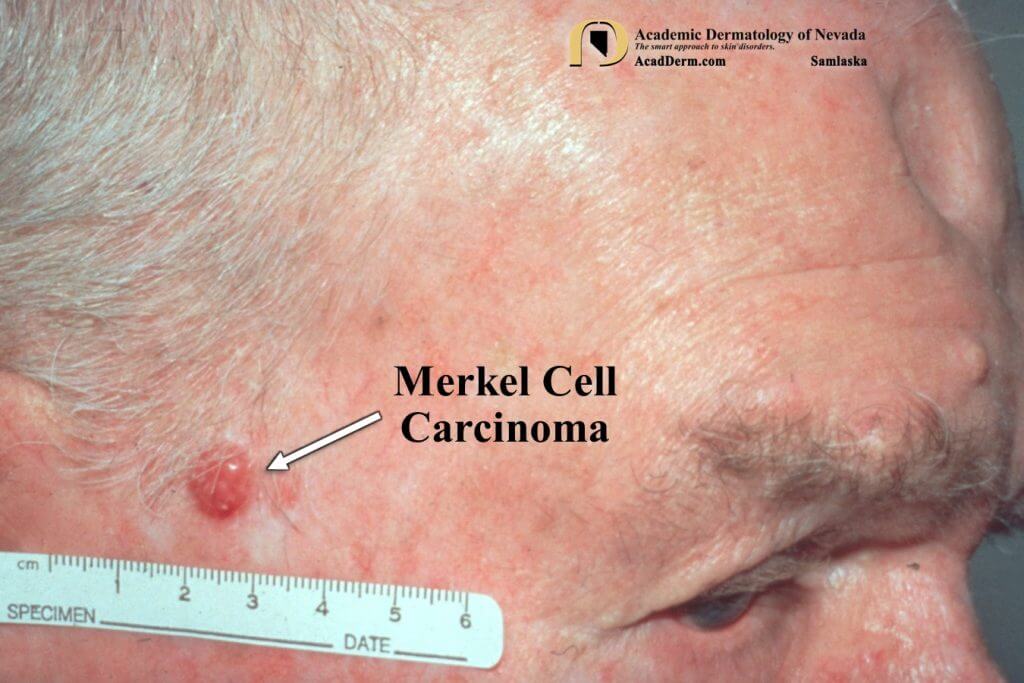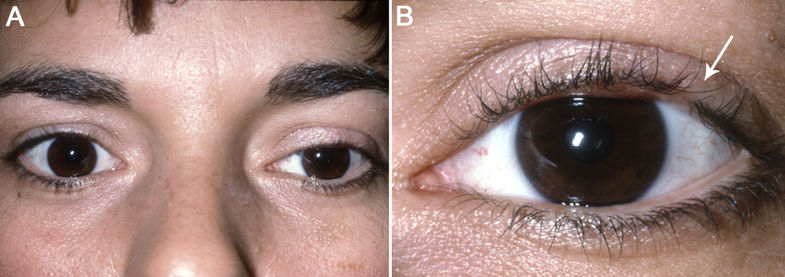Dr. Christopher Wong is a Board-Certified Dermatologist, originally from San Jose, CA. He earned his Bachelor of Science in Physiological Science from the University of California, Los Angeles. He obtained his Doctor of Osteopathic Medicine degree from the College of Osteopathic Medicine of the Pacific at the Western University of Health Sciences in Pomona, CA. He completed his internship in Internal Medicine at Riverside Community Hospital/University of California Riverside in Riverside, CA, and his residency in dermatology at Medical City Healthcare/University of North Texas Health Science Center in Fort Worth, TX, where he served as chief resident.
Throughout his career, Dr. Wong has been actively involved in dermatologic research. He has authored numerous peer-reviewed publications, including usage of immunohistochemical staining in Mohs micrographic surgery and light-based therapies in management of dermatologic disease. His work has been published in esteemed journals such as the International Journal of Dermatology and Lasers in Surgery and Medicine.
Outside of his clinical and research endeavors, Dr. Wong is dedicated to giving back to his community. He has volunteered with organizations such as the American Academy of Dermatology SPOT Skin Cancer program, demonstrating his commitment to promoting skin cancer awareness.
Dr. Wong is guided by a patient-centric philosophy rooted in empathy, compassion, and a deep commitment to individualized care. He believes in treating each patient as if he or she were a member of his own family—with the utmost respect, understanding, and consideration for their unique needs and concerns. Dr. Wong values open communication and fosters a collaborative relationship with his patients, actively involving them in the decision-making process and empowering them to take an active role in their healthcare journey. He strives to deliver the highest quality of care with integrity and honesty.
Dr. Wong holds membership with several professional organizations, including the American Academy of Dermatology, American Society for Dermatologic Surgery, American Society for Mohs Surgery, American Society for Laser Medicine and Surgery, Dallas/Fort Worth Dermatological Society, and Texas Dermatological Society.
In his free time, Dr. Wong enjoys spending time with his family and friends, serving at his church, exploring new restaurants, and traveling.
Specialties and Affiliations
- American Academy of Dermatology
- American Society for Dermatologic Surgery
- American Society for Mohs Surgery
- American Society for Laser Medicine and Surgery
- Dallas/Fort Worth Dermatological Society
- Texas Dermatological Society










